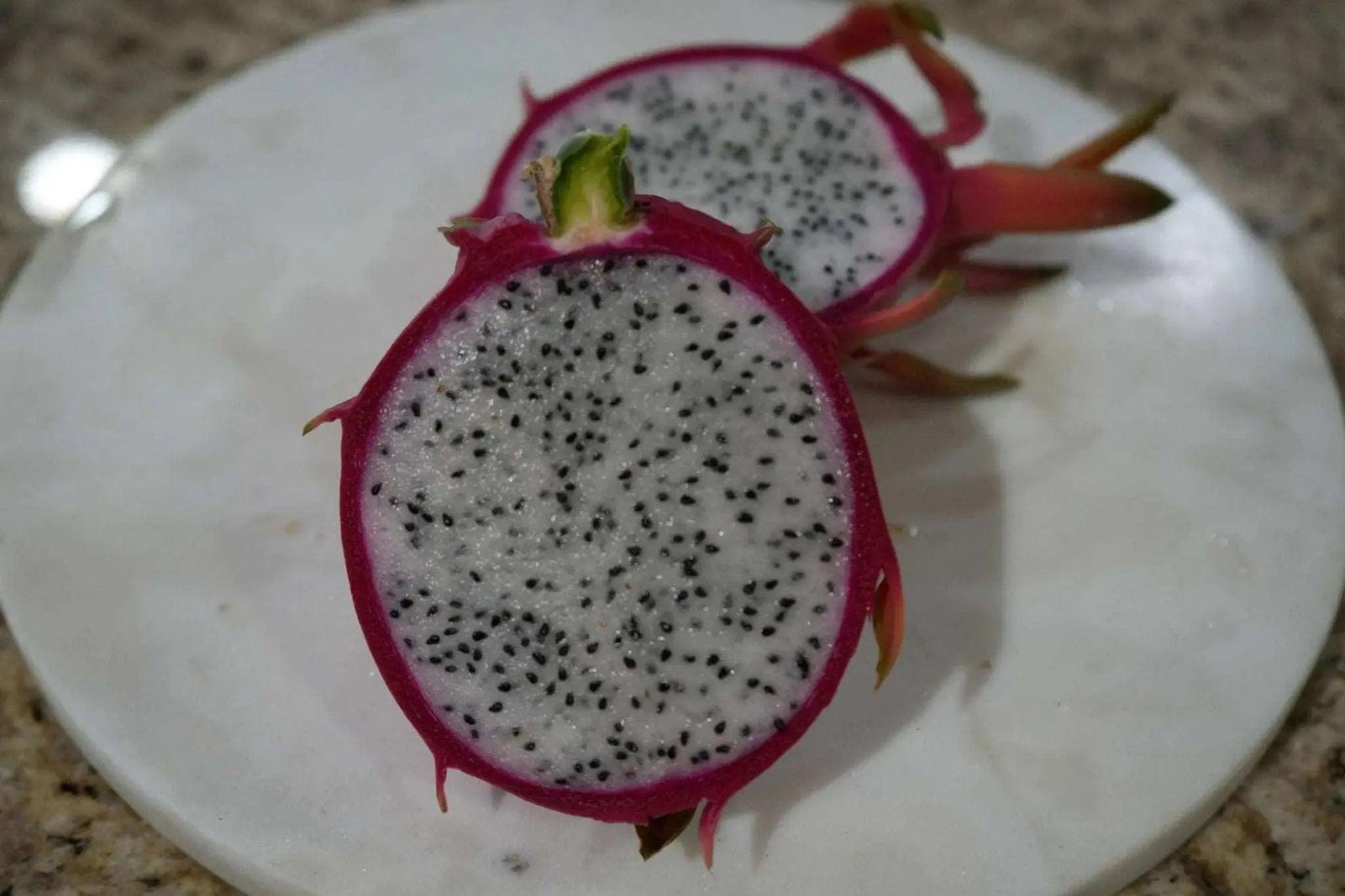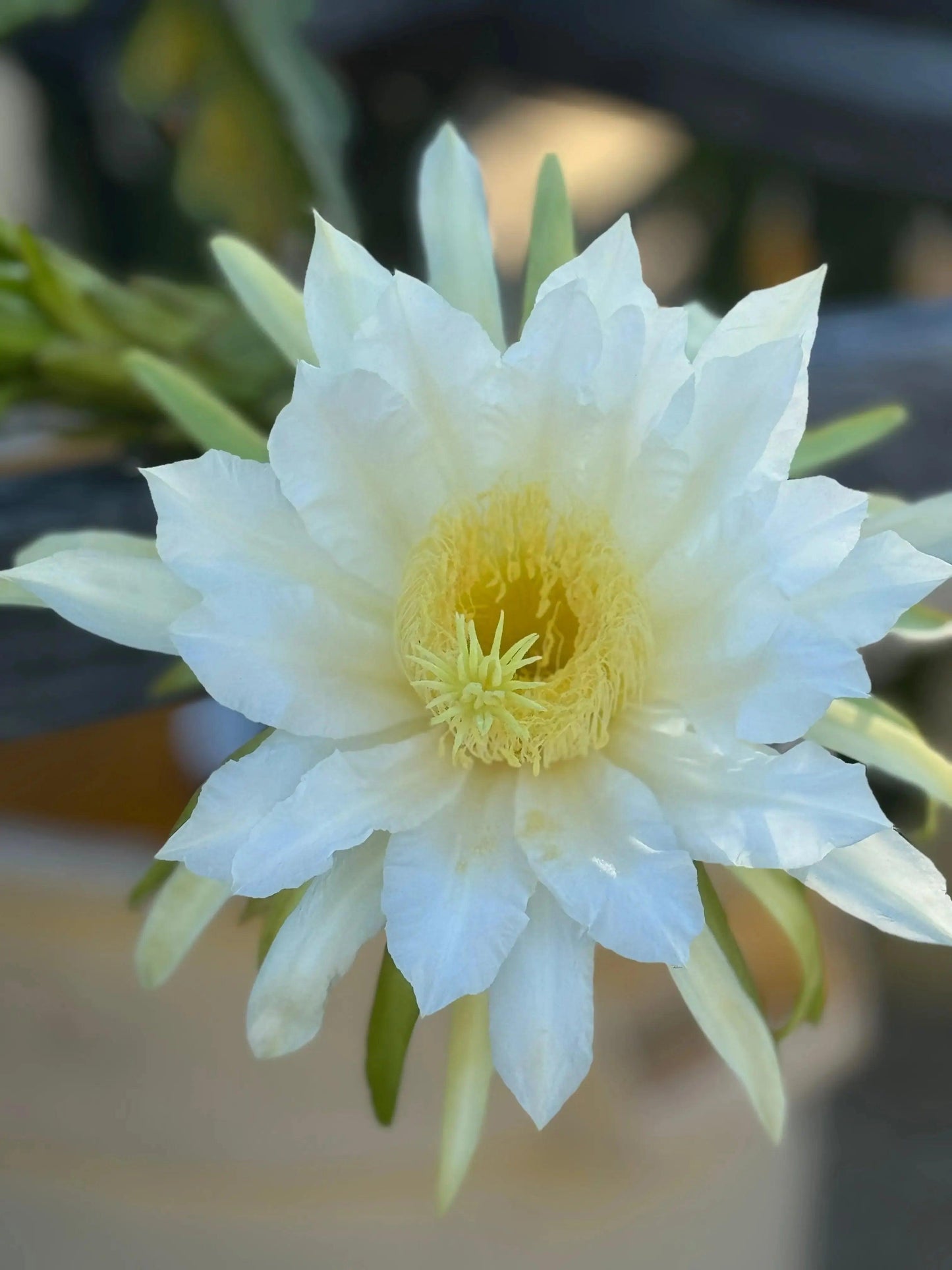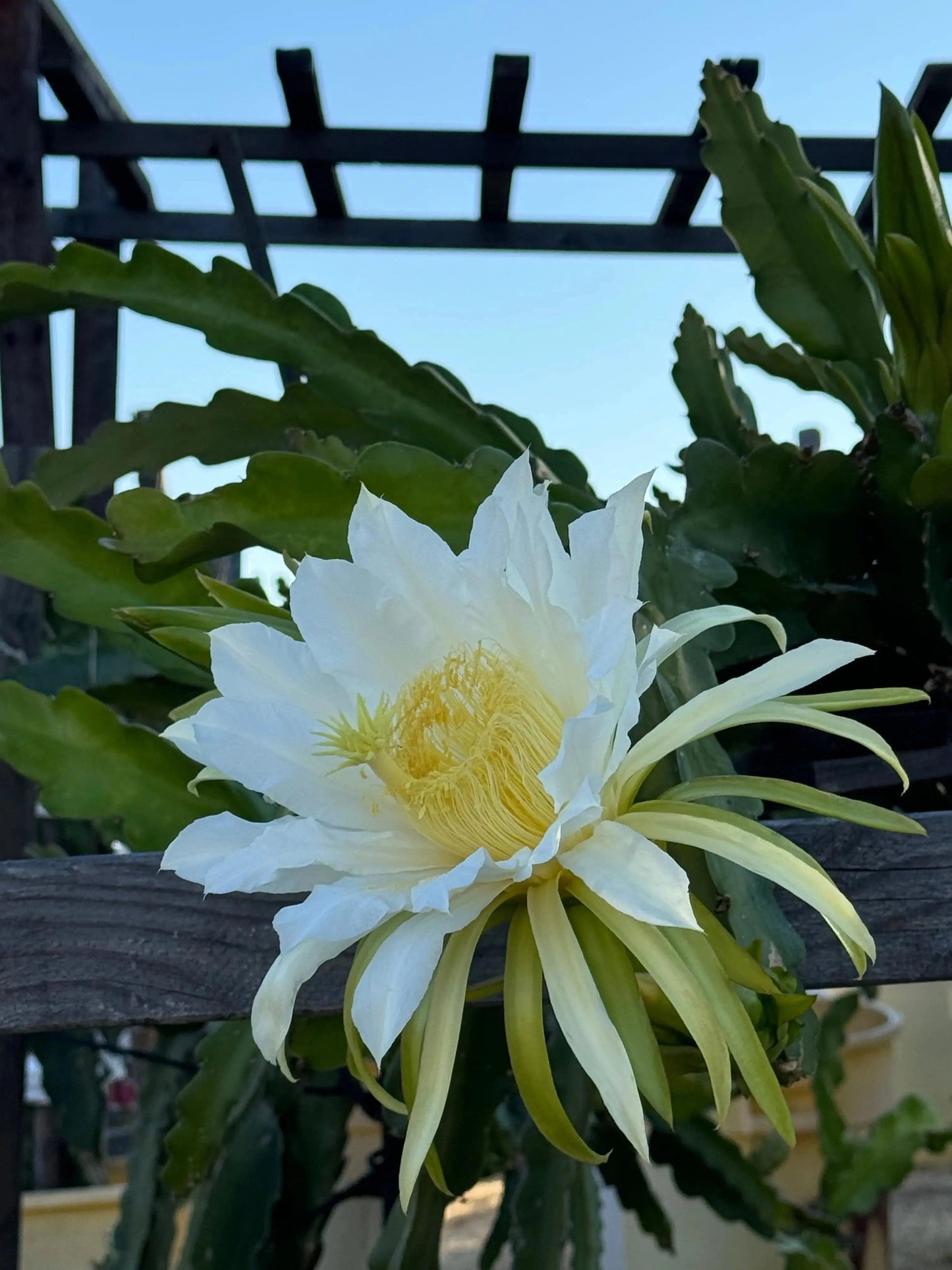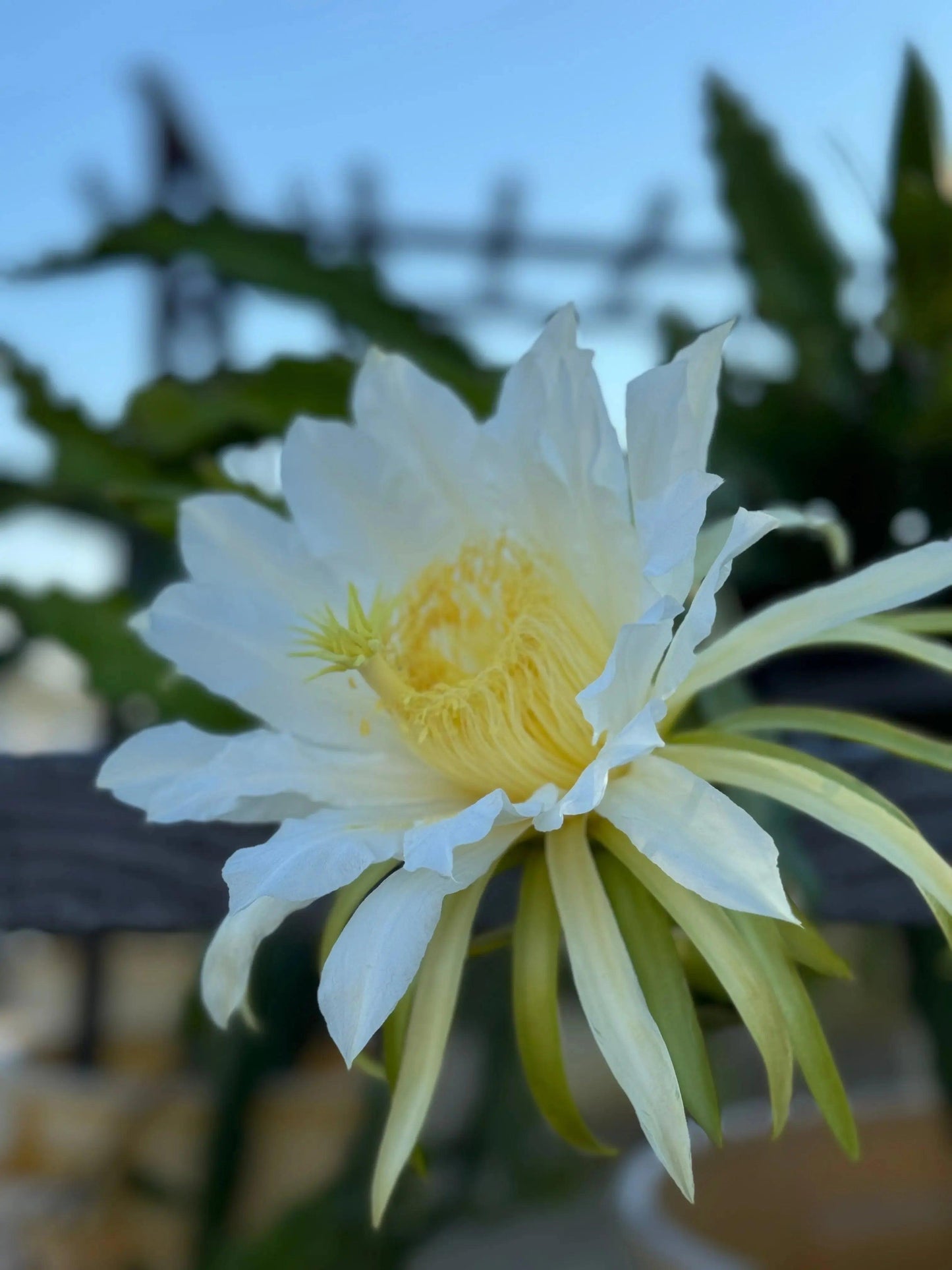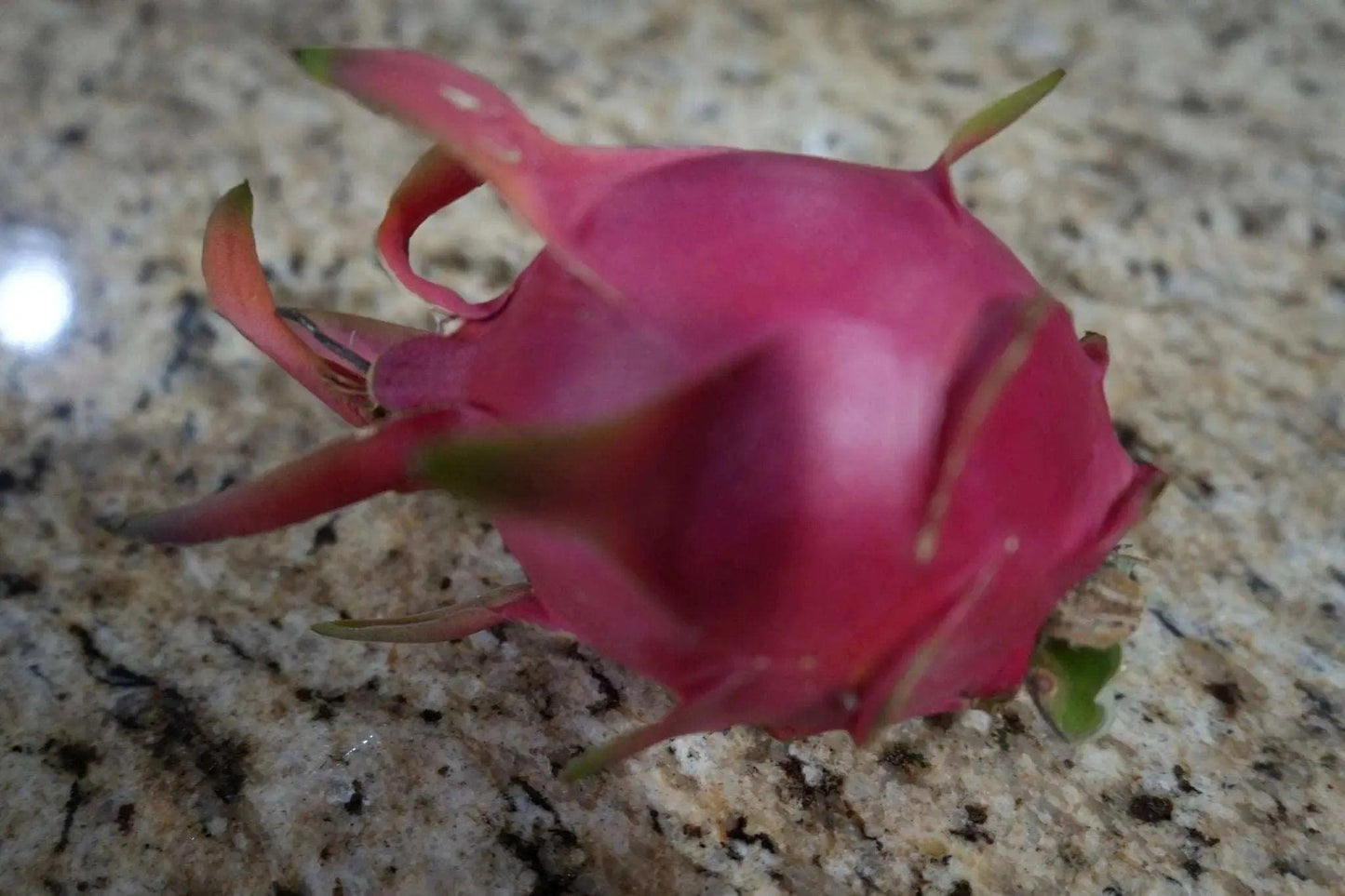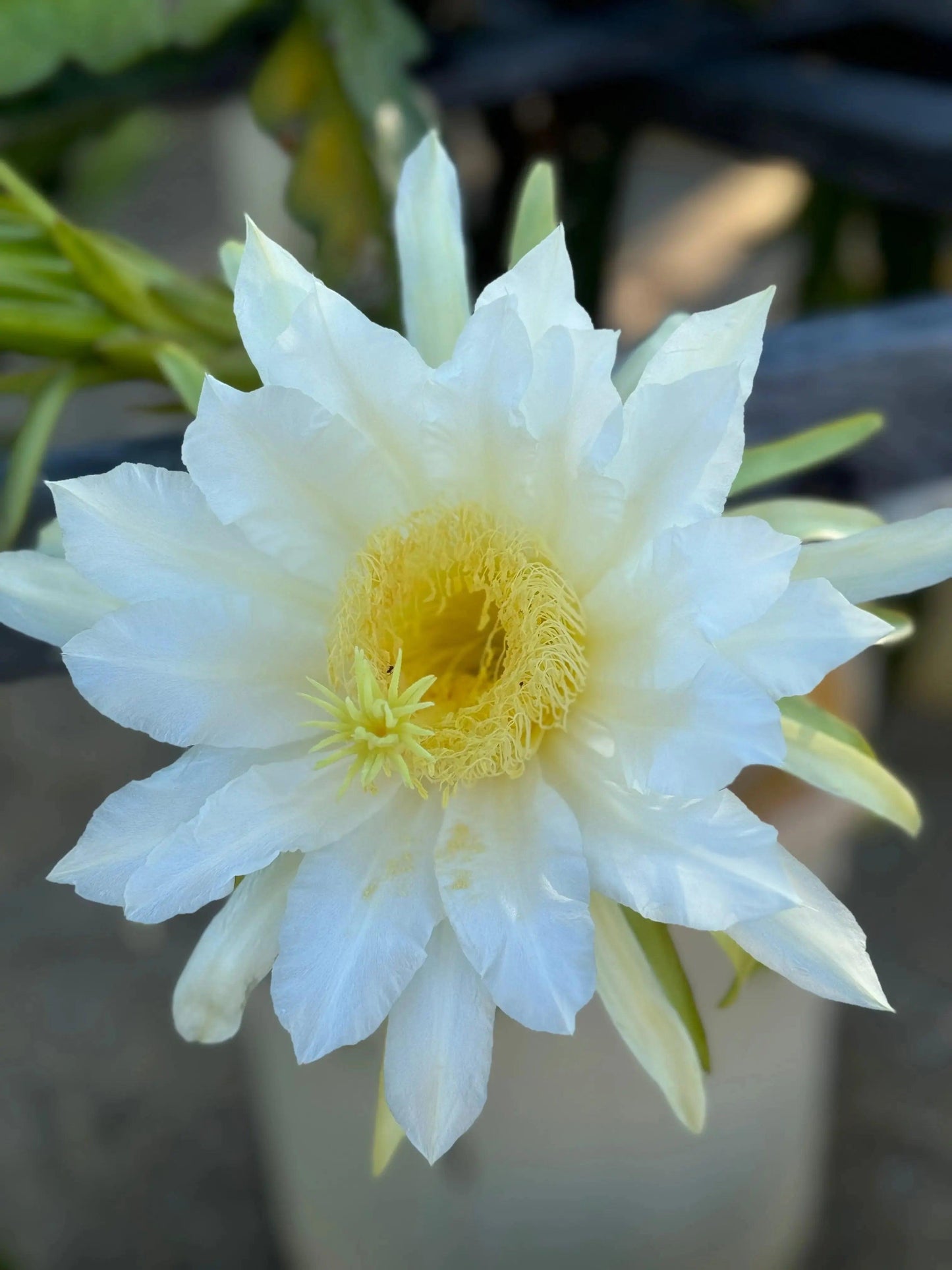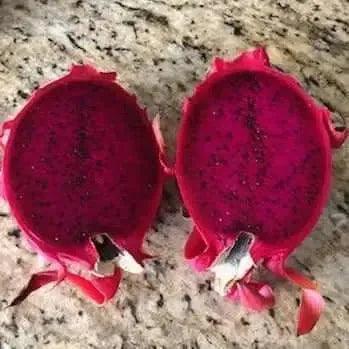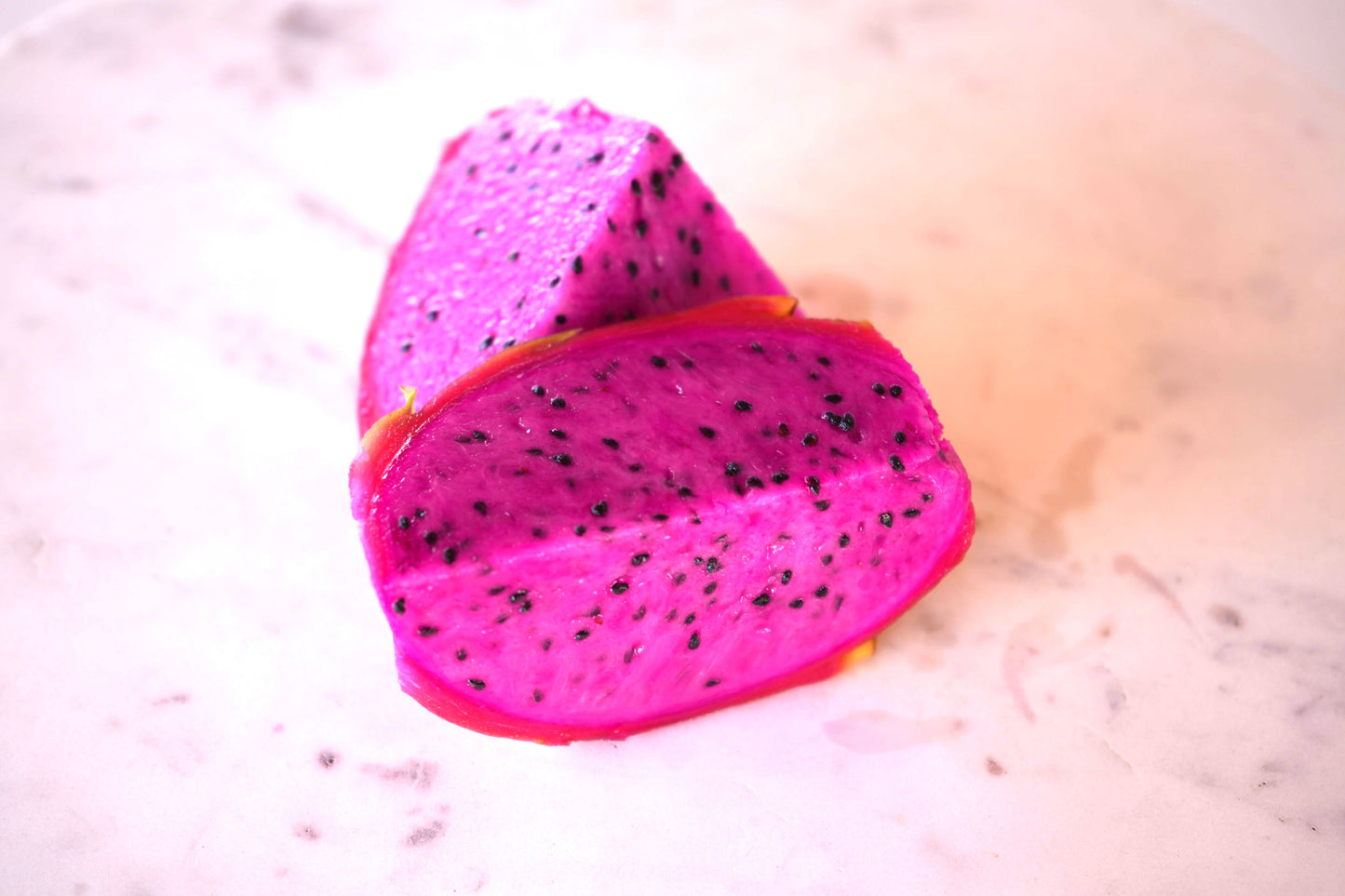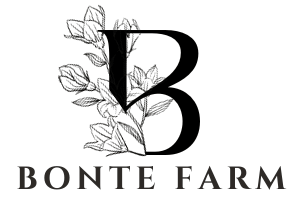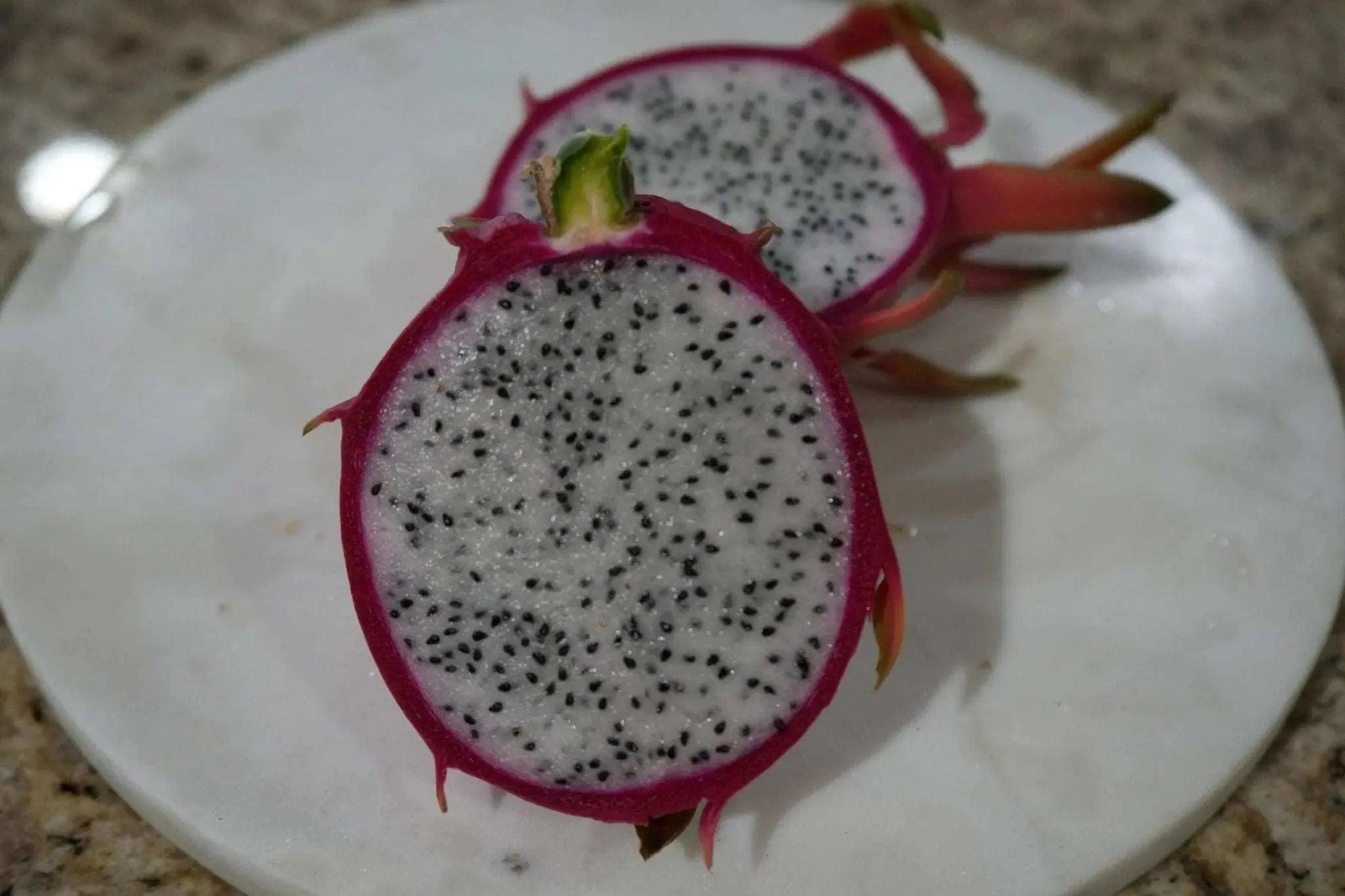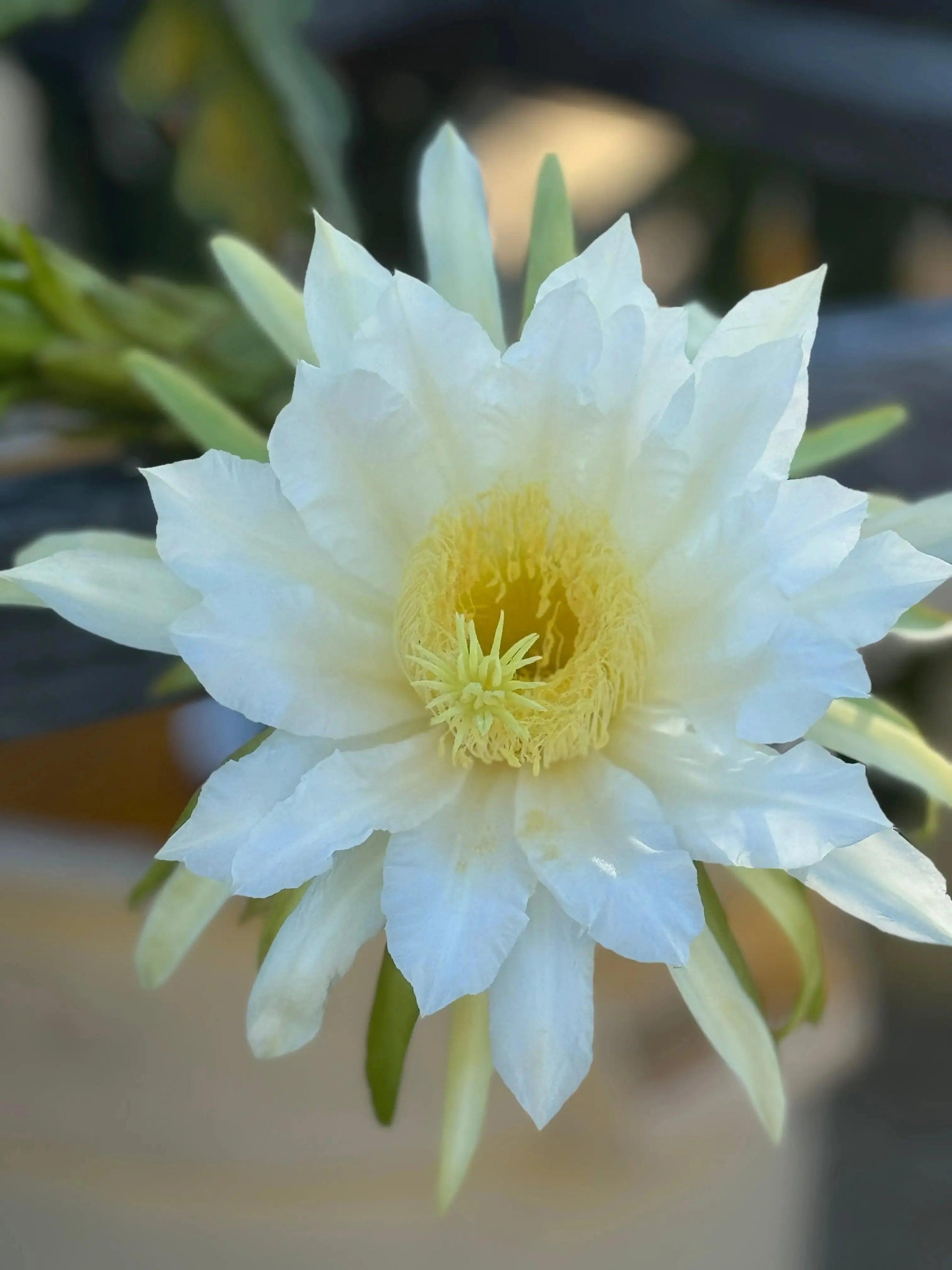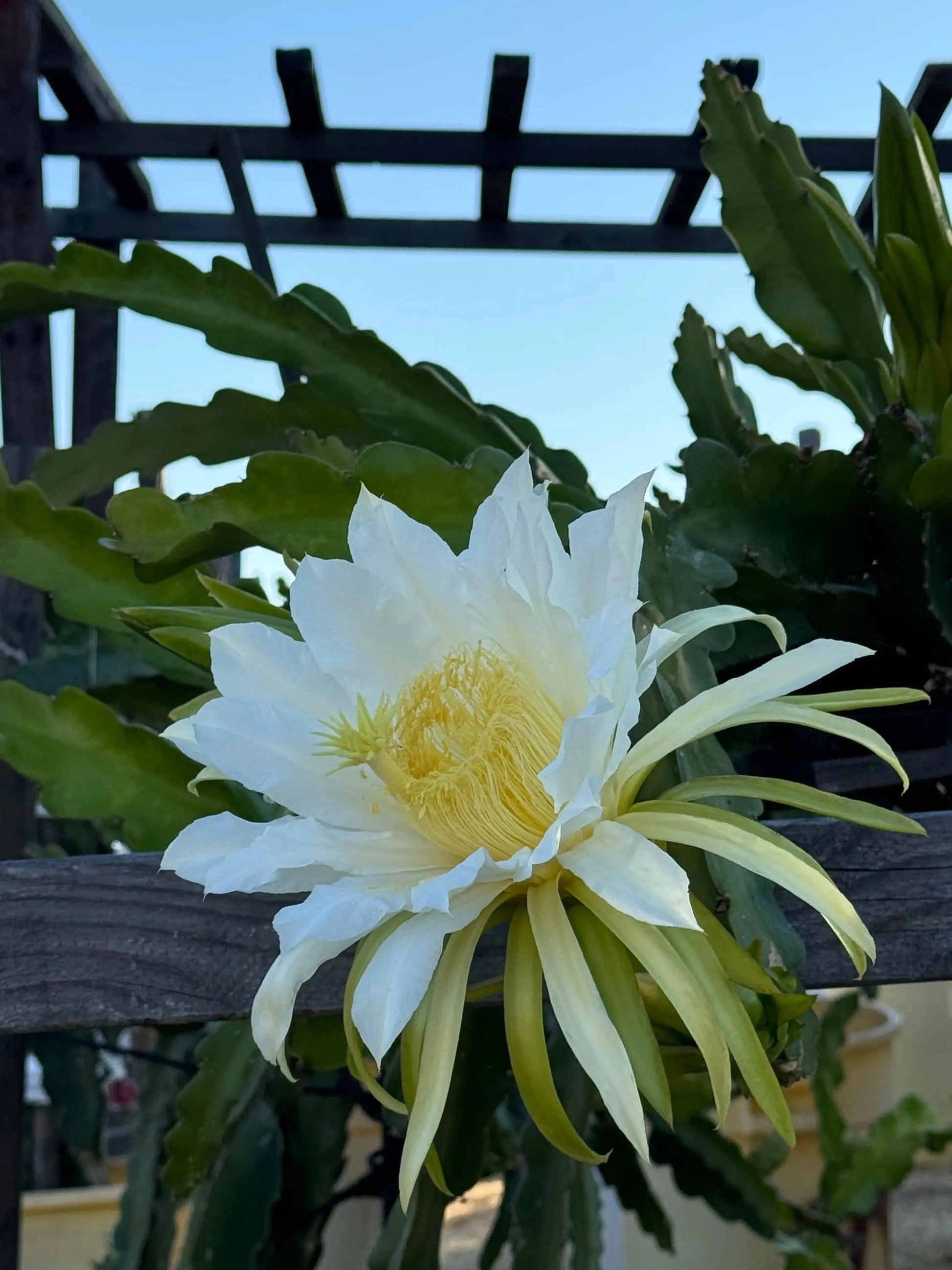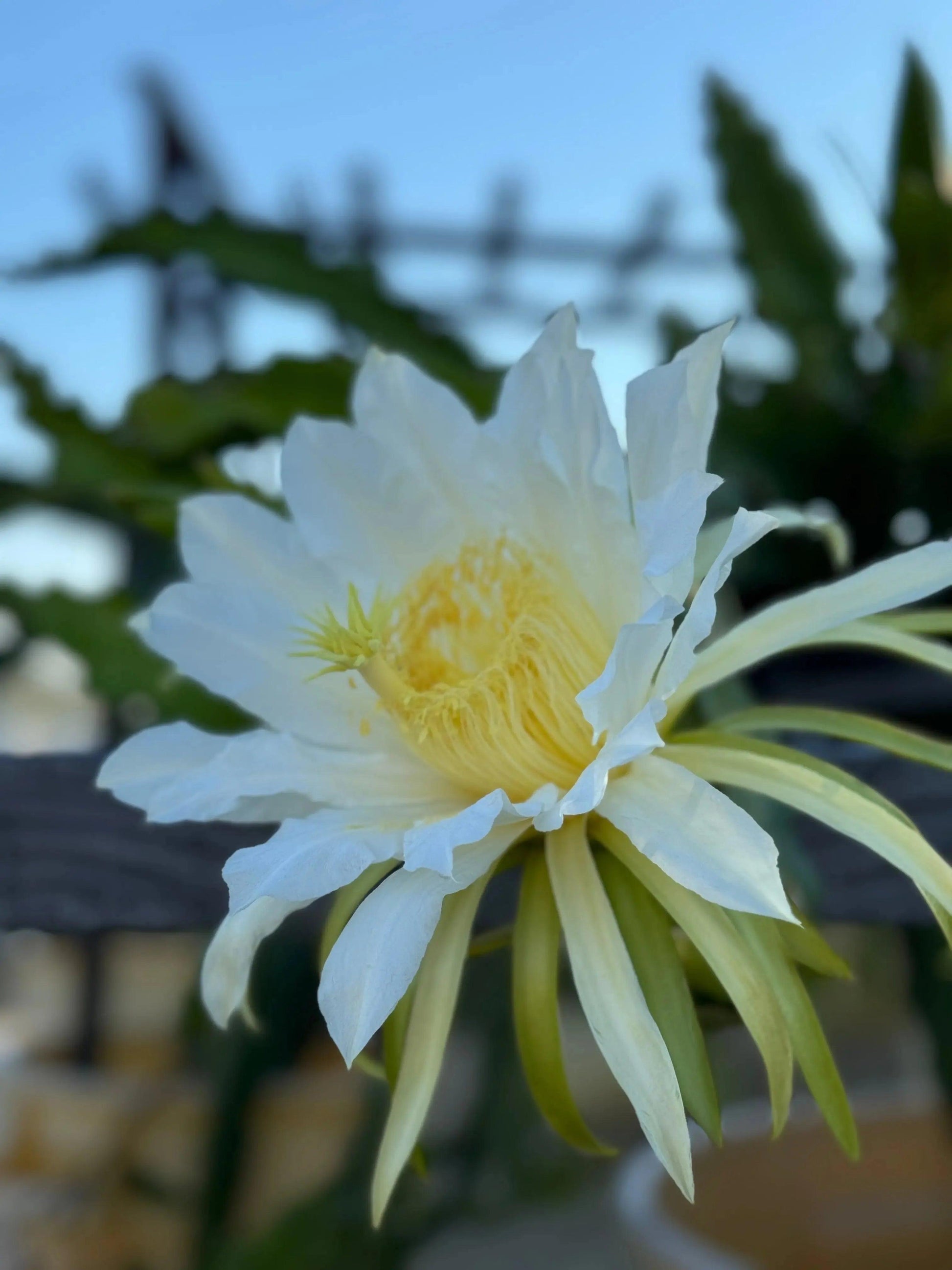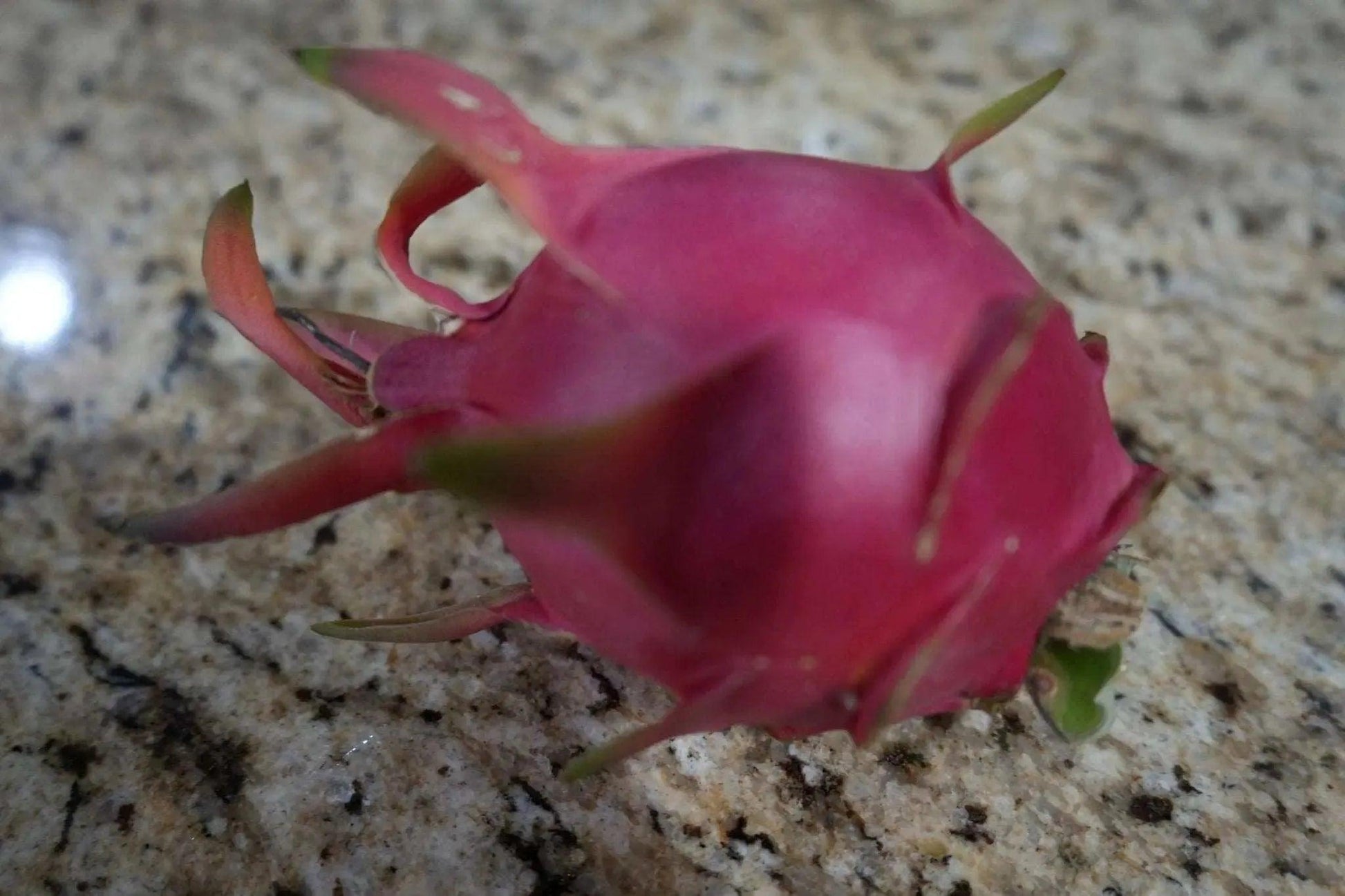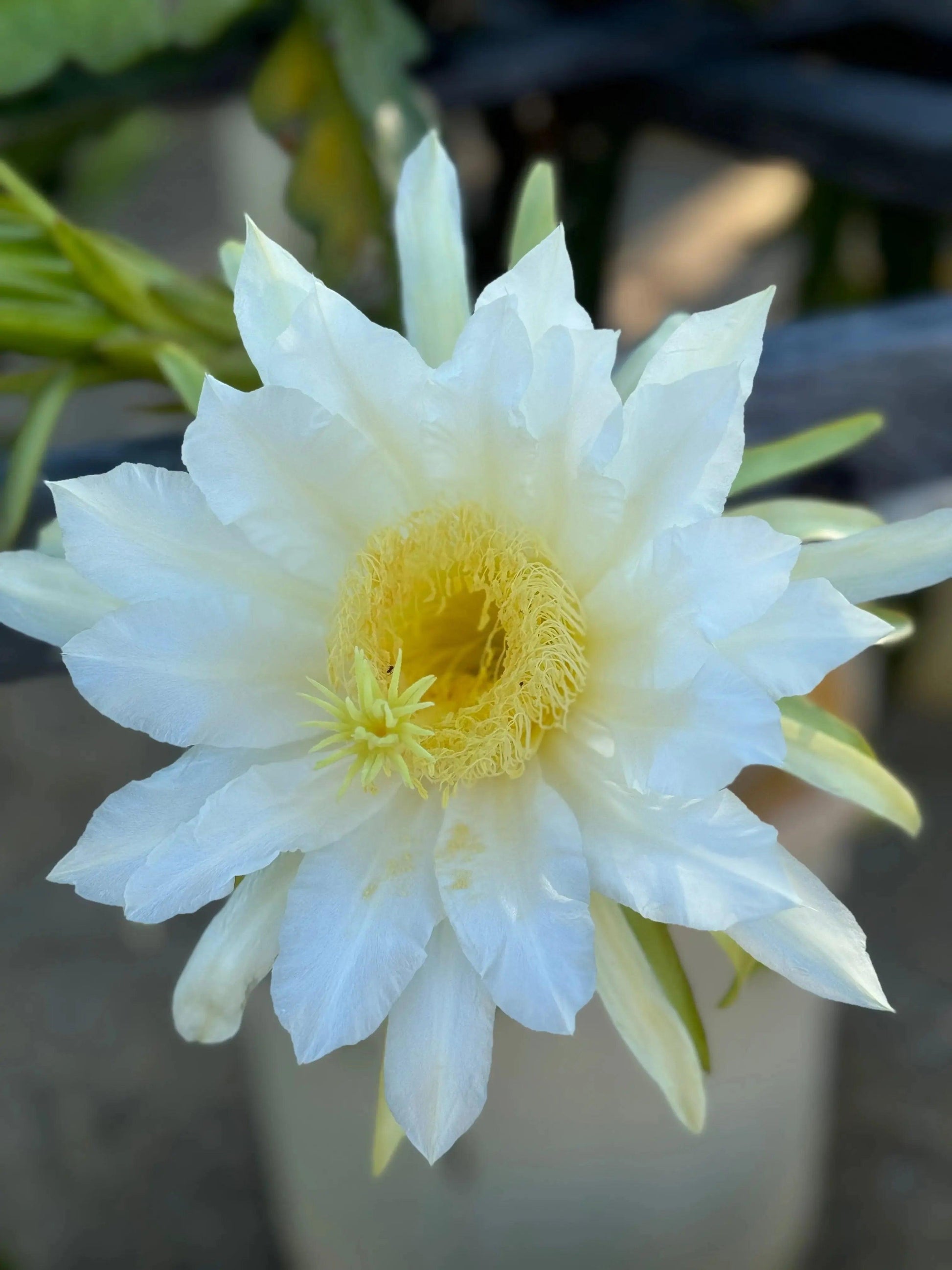Bonte Farm
Dragon Fruit Plant: A Tropical Delicacy, Editable White Flower, Tasty Fruit
Dragon Fruit Plant: A Tropical Delicacy, Editable White Flower, Tasty Fruit
Couldn't load pickup availability
🐉Premium Dragon Fruit Collection: White-Blooming, Dual Red-Skinned Harvest
Our Premium Dragon Fruit Collection offers two of the most popular and vibrant varieties, both featuring the classic, spectacular nocturnal white flowers but yielding distinct fruit. This collection includes the standard Red Skin/White Flesh (Hylocereus undatus) and the stunning Red Skin/Red Flesh (often a Hylocereus polyrhizus hybrid like 'Frankie's Red' or 'Jaina'), ensuring a varied and reliable harvest of nutritious superfood fruit. These climbing cacti are perfect for adding unique architectural interest and exotic edibles to your tropical, sub-tropical, or container garden. Grow these vigorous, fast-growing vines on a sturdy post or trellis for maximum production and ornamental beauty.
Botanical Characteristics
|
Characteristic |
Detail |
|
Scientific Names |
Hylocereus undatus (Red Skin, White Flesh) and Hylocereus polyrhizus (or hybrid - Red Skin, Red Flesh). |
|
Common Names |
Pitaya, Pitahaya, Dragon Fruit, Strawberry Pear. |
|
Growth Habit |
Climbing, epiphytic cacti with thick, three-ribbed, segmented, succulent green stems that must be trained vertically on a support structure. |
|
Foliage |
The plant is leafless; the photosynthetic green stems perform this function. Small spines are present along the rib edges. |
|
Flowers |
Both varieties produce massive, dinner-plate sized white flowers that are intensely fragrant and nocturnal, blooming for a single night. |
|
Fruit Characteristics |
White Flesh Variety (H. undatus): Bright red/pink skin with snow-white, mildly sweet flesh. Red Flesh Variety (H. polyrhizus): Deep red/magenta skin with vibrant ruby-red flesh, known for richer flavor and high levels of antioxidants. |
|
Pollination |
H. undatus is usually self-pollinating and reliable. The Red Flesh varieties are often self-fertile but may produce better harvests when cross-pollinated by a different variety. |
Mature Size
Dragon Fruit is a sprawling vine and requires its growth to be contained by a robust support structure.
- Length: Stems can reach 15–30 feet (4.5–9 meters) in length if allowed to trail along the ground.
- Trellis Size: Optimal growth is achieved when trained onto a 5–6 foot (1.5–1.8 meter) vertical post with a top frame, which forces stems to droop and induces flowering and fruiting.
- Growth Rate: Known for being an extremely fast-growing vine in warm conditions.
USDA Hardiness Zone
Both varieties are tropical species best suited for USDA Hardiness Zones 9–11. They thrive in hot conditions but are highly sensitive to frost. Protection from freezing is essential in Zone 9; in cooler zones, they must be grown in a greenhouse or large container that can be moved indoors.
Cultivation and Care
|
Aspect |
Care Instructions |
|
Sunlight |
Requires full sun for maximum fruit production, stem health, and color development. |
|
Support |
Crucial: Must be grown on a sturdy, permanent support structure (concrete post, strong arbor, treated wood post). |
|
Soil |
Requires well-draining, slightly acidic soil. Use a rich, organic mix amended for drainage. It is intolerant of heavy clay and standing water. |
|
Water |
Needs more water than typical desert cacti, especially during the active summer growth and fruiting period. Water regularly, but always allow the topsoil to dry out completely between waterings. |
|
Fertilizer |
Benefits from a regular, balanced fertilizer program (high in potassium) during the active growing season (spring through summer) to support the extensive flower and fruit production. |
Landscape Use
- Edible Landscaping: Provides a reliable source of two distinct, fresh, exotic fruits for the home and market.
- Vertical Accent: The trained, sculptural cactus stems offer a unique, architectural focal point in the garden.
- Hobby Farming: Ideal for small-scale, high-density cultivation due to its vertical growth habit.
- Container Growing: Excellent choice for large patio containers, offering mobility in areas with cold winters.
Wildlife Attraction
The spectacular, fragrant nocturnal flowers are naturally pollinated by night insects, moths, and bats. For optimal harvest, home growers often need to perform hand-pollination. The ripening fruit is highly attractive to local birds and other small wildlife, necessitating the use of protective netting.
Pest and Disease Resistance
Both Dragon Fruit varieties are generally disease-resistant. The primary concern is stem rot or root rot, which is directly caused by poor drainage or overwatering. Occasional pests, such as scale, mealybugs, and ants, can be managed with organic controls like neem oil.
Propagation
Propagation is extremely easy and reliable using stem cuttings. Simply cut a healthy segment of a mature stem, allow the cut end to callus (dry and heal) for several days, and then plant it directly into a well-draining soil mix near the intended support post. Cuttings root and establish quickly, often producing fruit within 1-3 years.
Share
